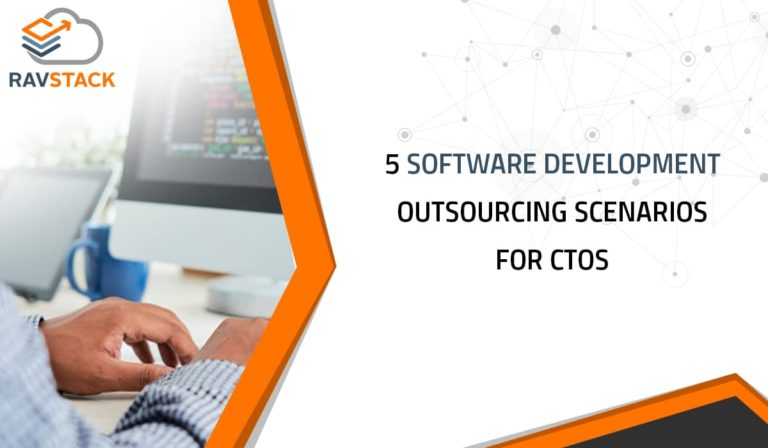Why choose RavStack?
There is no one best method to choose the right technology for a microservice. Every technology-related decision is influenced by your professionals’ current knowledge and also by the organization’s future hiring plans.
In some cases, choosing a technology for a Microservice is more of a hiring decision, and it’s up to you what kind of expert team you want to hire in the future.
RavStack provides an excellent database for Microservices. Our expert team of developers delivers high performance with low latency and supports multi-tenancy.
We offer open-source solutions with high availability and durability for developing high performing event stores for trading Microservice messages.

 September 30, 2020
September 30, 2020
 6 mins read
6 mins read
 +1 415 800 4089
+1 415 800 4089 info@ravtsack.com
info@ravtsack.com






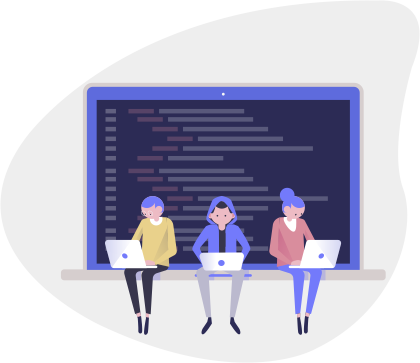





















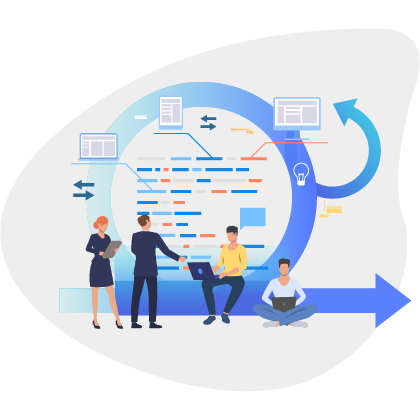


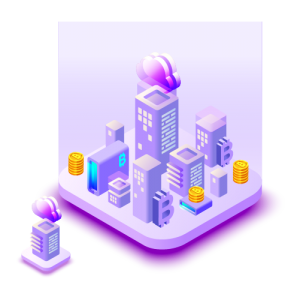



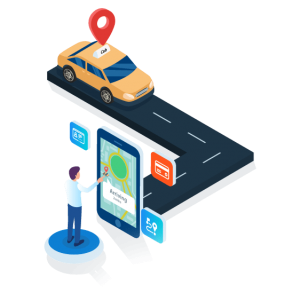

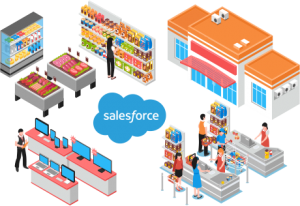
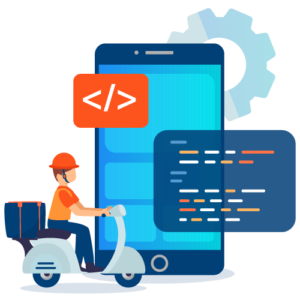
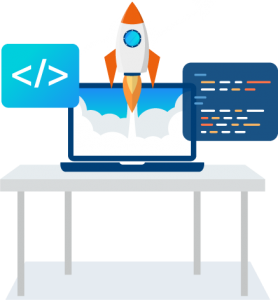

 Taxi and Cab
Taxi and Cab  50-150 Employees
50-150 Employees
.png) Dubai
Dubai  Verified
Verified Online Review
Online Review Mobile App Development
Mobile App Development  >$150,000
>$150,000 September 2019 - February 2020
September 2019 - February 2020 
